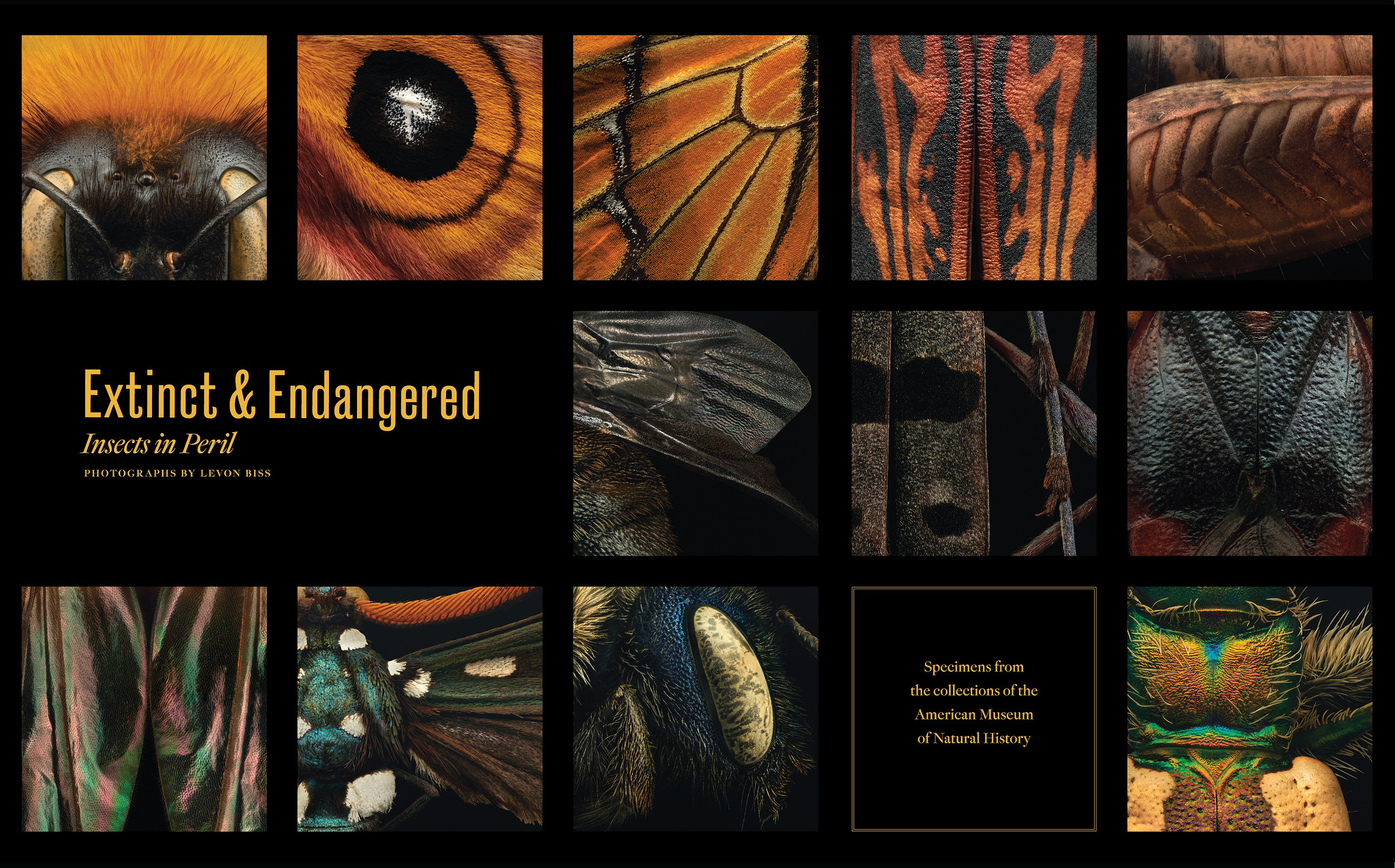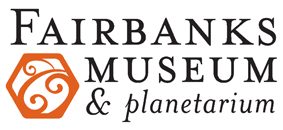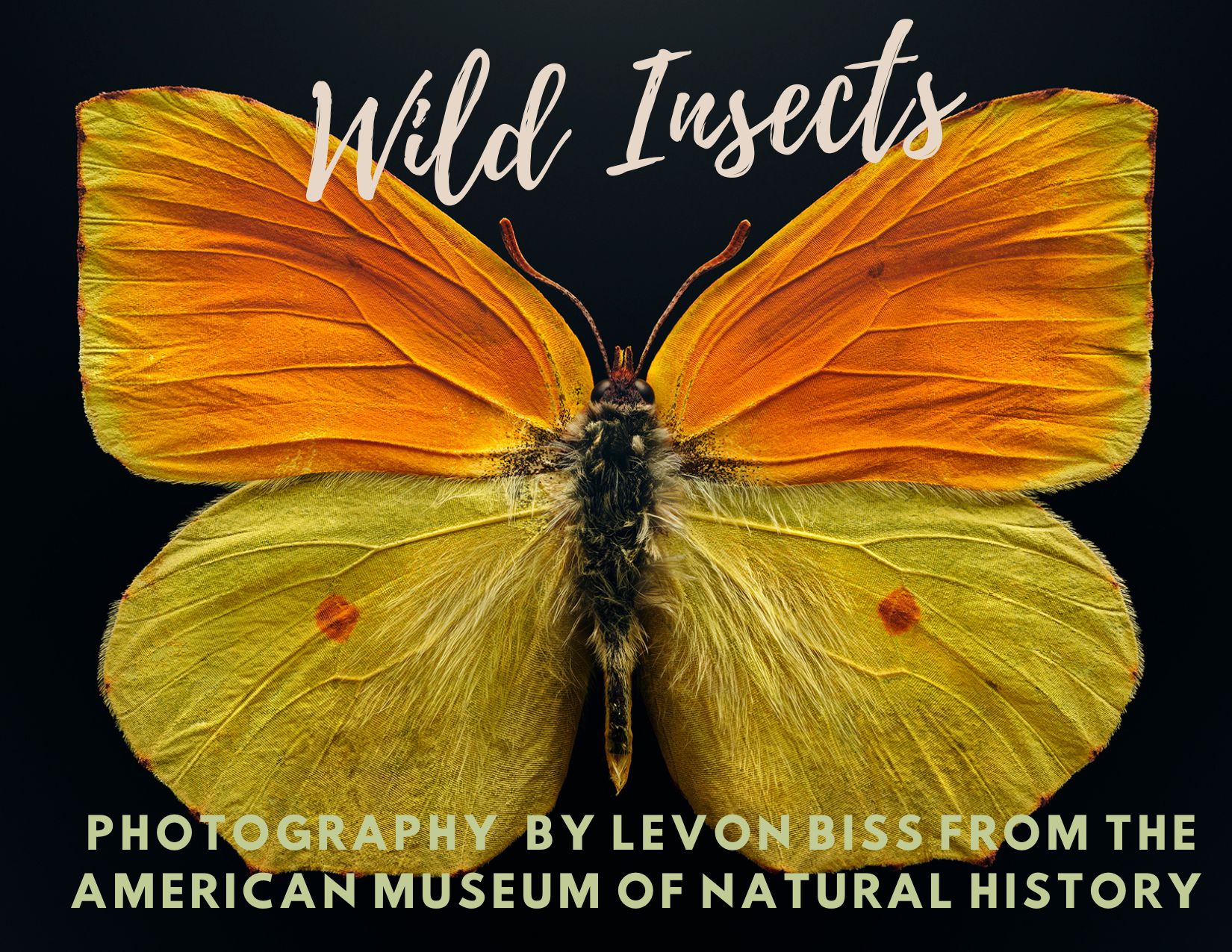Wild Insects
Exhibits exploring the beauty, community, and fragility of these tiny species
EXTINCT AND ENDANGERED: INSECTS IN PERIL
A new exhibit from the American Museum of Natural History
From bees to butterflies, insects help keep natural ecosystems healthy. But the evidence is clear: many insect species are in decline. Extinct and Endangered: Insects in Peril will introduce visitors to these tiny animals’ outsized impact on our planet through the uniquely powerful macrophotography of Levon Biss.
“The incredible photography brings us face-to-face with beautiful creatures, calling attention to their unique forms. Each insect has a powerful story, and we’re eager to showcase this often overlooked dimension of our ecosystem,” says Adam Kane, executive director. “We’ve paired the outsized prints with specimens from our collections.”
The photographs feature extinct and endangered specimens—some more than 100 years old—selected from the American Museum of Natural History’s vast scientific collection, highlighting the magnificence of insects in extreme detail, making intricate features visible and aiming to shift visitors’ perspective of the value and importance of the insect world. The featured species range from the well-known monarch butterfly and the nine-spotted ladybug to the remote Lord Howe Island stick insect of Australia, thought to be extinct for most of the 20th century until a tiny population was discovered and bred in captivity starting in 2003.
“There are two sides to this exhibition,” said Levon Biss. “There’s the beauty and the celebration of these creatures. But there’s also a somberness, when you marvel at these insects and start to understand that they are already extinct, or close to being gone, and the reason for that is us, primarily. I hope people will walk away from this exhibition with a realization that these animals are too beautiful to be lost. They are too important to be lost.”
“Vertebrates are far better monitored and protected than most insects, a consequence of the fact that for most people insects are not just simply unknown but seriously misunderstood,” said David Grimaldi, the curator of Extinct and Endangered and a curator in the AMNH’s Division of Invertebrate Zoology. “To a scientist concerned for all of nature, this focus on large animals is myopic. Take away the world’s mammals and the planet would not look much different; take away just the bees and other insect pollinators, the ants and termites, and life on land could collapse.”
ANT ARCHITECTURE: THE HIDDEN WORLD OF SOCIAL INSECTS
Walter R. Tschinkel, a U.S. biologist specializing in the behavior and ecology of ants, has spent decades uncovering their secrets. His groundbreaking research focuses on the intricate architecture of ant nests, revealing how these structures regulate temperature, humidity, and support diverse ant communities.
This exhibit features six casts of underground ant nests, created by Tschinkel to study nest-building behaviors. Each cast represents a different ant population from the same 30-hectare habitat in North Florida’s coastal sand dunes, a region Tschinkel calls “ant paradise.” With up to 50 species coexisting, this area highlights ants’ remarkable adaptability.
Despite their diversity, Tschinkel’s research reveals a unifying theme: almost all ant nests follow a basic ancestral design – a vertical shaft with horizontally connected chambers, evolved from their wasp ancestors. Differences arise from small adaptations, illustrating how nature achieves diversity through variation.
Ants play a vital role in ecosystems, aerating soil, recycling organic material, distributing seeds, and cultivating symbiotic fungi. Their biochemical defenses and collective intelligence are subjects of growing scientific interest.
Tschinkel’s nest casts bridge art and science, offering a window into the complexity of life. These sculptures embody millions of years of evolution, showcasing ants as both architects of their environment and essential collaborators in Earth’s ecosystems.




